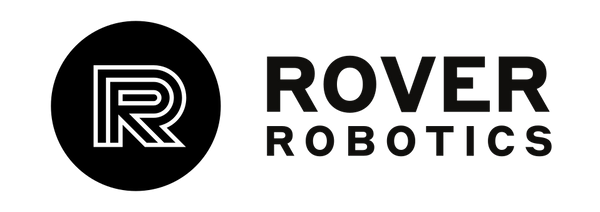We’re happy to support our local researchers at University of Minnesota’s Robotic Sensor Networks Lab by providing the Rover Pro as a tool for data collection. The Rover works well for this application because it can navigate the narrowest of crop rows (in this case corn) while dealing with obstacles such as dirt clods, weeds, mud and other debris. Rover can do all of this in any type of weather, rain or shine, due to its waterproof enclosure and 4WD configuration. With the available charging dock, Rover can sustain lengthy missions so long as there is a power outlet somewhere nearby on the farm. And the best part is that the Rover only costs a fraction of similar competitive robots in the market.
Early testing in the lab:

The RSN lab’s leader, Professor Volkan Isler, has been at the forefront of robotics research for agricultural applications. An overview of his extensive work can be found on his homepage. After a short evaluation period, the team at U of MN decided to buy the Rover Pro to use it for field studies this summer. One application for the Rover is to use it as a ground tool to augment aerial crop mapping such as the work done at the RSN Lab by drones. From the ground perspective, the robot can observe and detect problems such as disease or pest infestations, while gathering valuable image and other sensor data under the canopy. Without autonomous robots, this type of “inspection” field work has to be done by humans, who often lack the time, expertise and the ability to find problems that a machine with sophisticated cameras can discover in minutes.
https://youtu.be/zAs25aLzxNA
